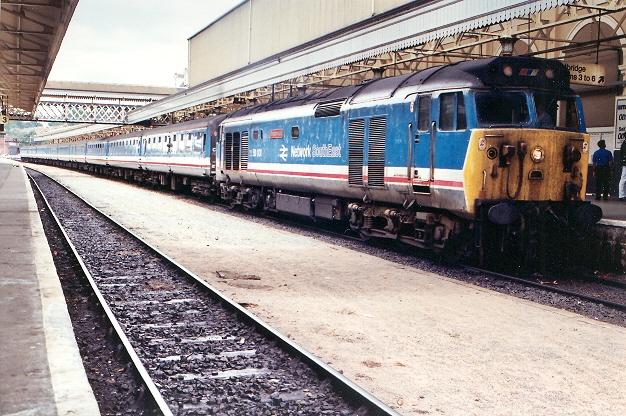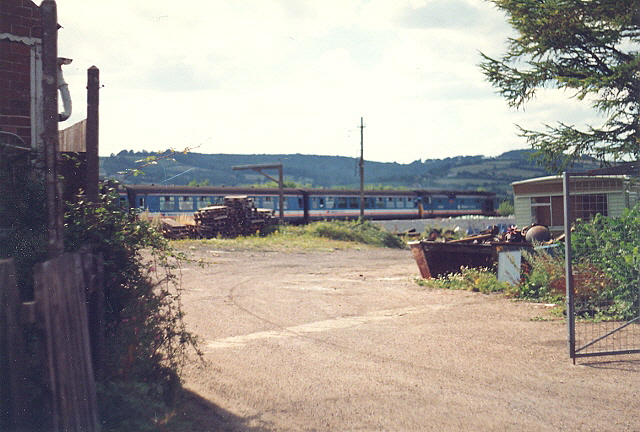
Network SouthEast
On 1st April 1991 the British Rail Regions were disbanded as the sectors took complete responsibility for all railway operation. Area managers were no longer required, thus Network SouthEast was divided up into nine separate divisions with a Divisional Director being accountable for each. They were as follows:
Great Eastern
West Anglia
London, Tilbury and Southend
Thames and Chiltern
Thameslink
North
South West
South Central
South East
The latter four Divisions derive from the former Network SouthEast regional areas. The ''Thameslink'' brand referred to a specific service rather than a geographical area: trains from as far as Brighton were able to travel to Bedford by means of the the re-opened Snow Hill tunnel beyond Blackfriars station. A new breed of electric multiple unit capable of acquiring power from third rail or overhead wires, was constructed and designated ''Class 319'', entering service in May 1988.
Generally, this sector was well-run from the outset and its performance bettered from the various projects instigated by management. More initiatives were being prepared for improvement of existing rolling stock and replacement of the oldest remaining examples on the Network SouthEast operating area, but privatisation curtailed these propositions and a cease on new rolling stock provision occurred. When disbanded, Network SouthEast was in a stone's throw of breaking even and becoming profitable. The sector was probably one of the greatest losses resulting from the privatisation process.

On 11th August 1990 No. 50001 ''Dreadnaught'' was seen fronting a service bound for Waterloo, at
Exeter St David's. Incidentally, No. 50001 was numbered D401 when originally built and was the
second locomotive of the class, the first being D400. The high intensity headlight was fitted during
the early 1980's refurbishment of the Class 50 fleet. 'Dreadnaught' is a rather sad case - it survived
into preservation, but was later scrapped in 2002. David Glasspool Collection

In August 1990 a Class 50 is seen passing through Seaton Junction with a Waterloo to Exeter express,
formed of the then customary BR Mk 2a carriages. In front of the second carriage is the remains of the
former Southern Railway loading gauge structure, whilst the land in the foreground was at one time
used for the coal yard. Mike Glasspool
Return to the Kent Rail Homepage or alternatively, check for Updates.
Website & Copyright information - Links - Contact the Webmaster
All content is copyright © David Glasspool unless otherwise stated